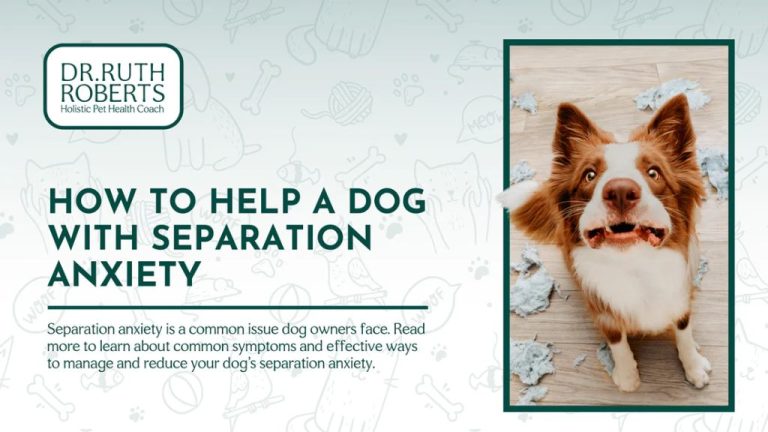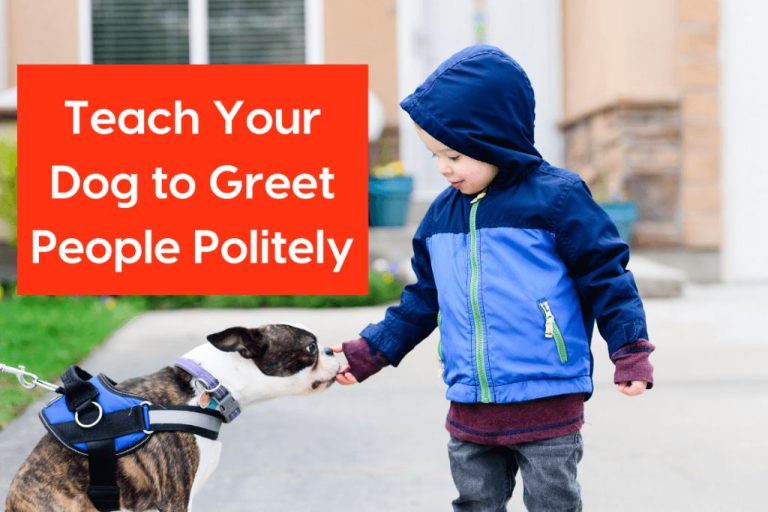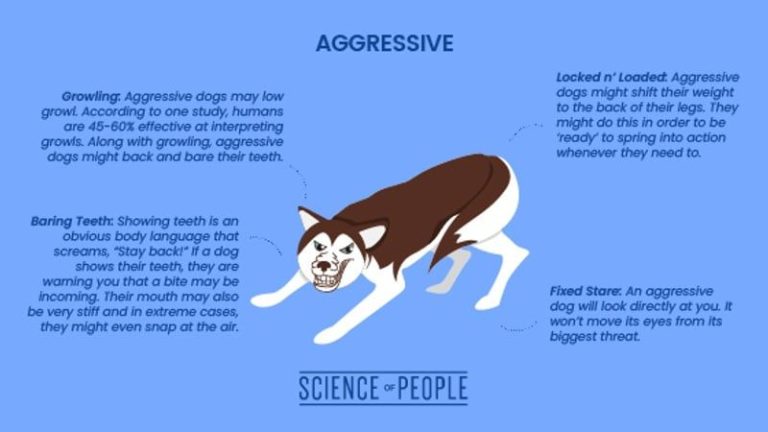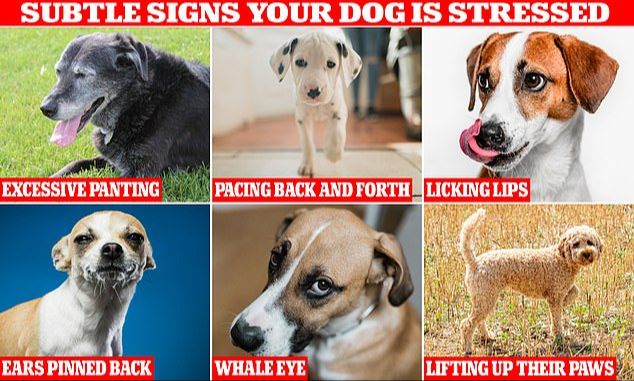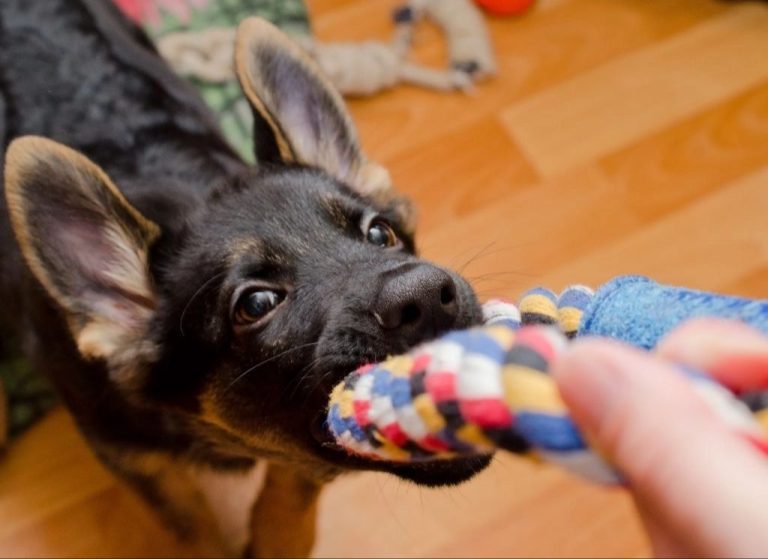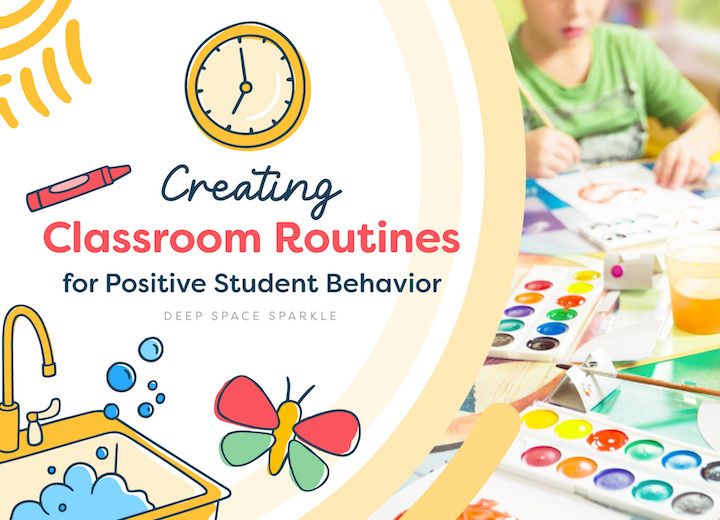Teaching Your Dog To Enjoy Alone Time: Tips For Preventing Anxiety
Why Dogs Get Anxious When Left Alone
Separation anxiety is a common issue for dogs, with studies showing that nearly 50% of American dog owners report their pets experiencing anxiety when left alone. Dogs are highly social animals who have evolved to live in packs and can experience panic without companionship. Signs of separation anxiety include behaviors like barking, whining, destruction, pacing, and inappropriate urination or defecation while their owner is away.
According to veterinary behaviorists, separation anxiety stems from a dog’s attachment to their owner and fear of being abandoned. It often develops early in a dog’s life and may be triggered by a change in routine, a move to a new home, the loss of another pet, or extended alone time. Some breeds like retrievers, German shepherds, and border collies are predisposed to separation anxiety due to their strong bonding instincts. However, dogs of any breed or background can develop anxious behaviors when left alone if not properly trained and socialized.
Set a Routine
Setting a consistent daily routine is one of the best ways to prevent separation anxiety in dogs. Dogs thrive on predictability and establishing set times for activities like feeding, potty breaks, walks, and playtime can provide comfort when you have to leave them alone (AKC, 2022). Try to stick to the routine as closely as possible, including on weekends and days off from work. Get your dog accustomed to a set wake-up time and establish a regular schedule for taking them outside to go potty, eat breakfast, go for a walk, etc. Take them out for a potty break right before you leave and as soon as you return home. Feed them at the same times each day rather than leaving food out all day. Maintain a regular exercise and playtime routine as well. Establishing this consistent schedule helps reinforce in your dog’s mind when you will leave and when you will come back.
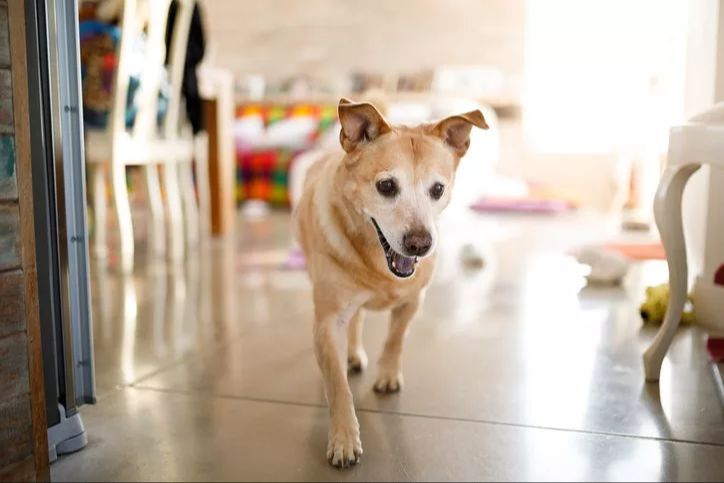
Provide Interactive Toys
Puzzle toys with treats inside, like Kongs or snuffle mats, are a great way to keep your dog stimulated and engaged when left alone. The process of rolling and nudging the toy to release treats provides physical and mental exercise. Interactive puzzle toys activate your dog’s natural foraging instincts and extend playtime. Choose puzzle toys that can be adjusted for difficulty level based on your dog’s abilities. Start with an easier setting first to build confidence. Products like the Outward Hound Hide-A-Squirrel allow you to increase the challenge as your dog learns. Rotate through different interactive toys to prevent boredom.
Provide plenty of chew toys as well. Chewing helps relieve stress and anxiety in dogs. Pick toys that appeal to your dog’s chewing instinct like natural bones, tough rubber, or durable nylon. Avoid toys that can splinter or contain harmful fillings. Monitor all chew toys for safety, replacing them once showing significant wear. Durable chews like Nylabones often keep dogs occupied for hours.
Start Slow
Separation anxiety can be improved by gradually increasing your dog’s alone time. Be sure to begin with very short departures followed by your rapid return. For example, initially step outside for just 10 seconds before coming back inside. Provide lots of praise and treats upon your return. This helps your dog learn that you will return after absences.
Over days and weeks, slowly extend the duration of your departures. Gradually work your way up from 10 seconds to 30 seconds, 1 minute, 5 minutes, 10 minutes and so on. Continue to make your returns low-key and reward good behavior.
The key is to gradually condition your dog to be alone for longer periods. Rushing the process can backfire and increase separation anxiety. Take it slow and give your dog time to become comfortable alone for longer periods.
According to experts at WebMD, this gradual approach allows your dog to “learn that they’re going to be OK on their own.” Always make sure your dog is relaxed and content before departing.[1]
[1] https://www.webmd.com/pets/dogs-separation-anxiety
Use Calming Aids
Calming aids work by mimicking natural chemicals that help relax dogs. Some options to try include:
Adaptil pheromone collars or sprays contain dog appeasing pheromones that can have a calming effect. Research shows pheromones may help reduce stress behaviors like barking, whimpering or shaking [1].
CBD oils interact with receptors in the brain to potentially reduce anxiety. While more research is still needed, anecdotal reports from owners claim CBD oils can effectively treat dog anxiety [2].
Herbal remedies like chamomile or valerian root may have a sedative effect. Consult your vet before using herbs, as some can be toxic to dogs [3].
Calming aids should be used cautiously and under veterinary guidance. But they can be an effective part of an anxiety treatment plan.
Create a Safe Space
Providing your dog with a designated safe space while you are away can help relieve anxiety and give them a place to relax. This area should be comfortable, relaxing and feel like their own special spot.1 Start by designating an area in your home just for your dog, such as a spare bedroom, laundry room, or corner of a room blocked off. Make sure it is separate from high-traffic areas so they can really settle in without distractions.
Outfit the space with soft, comfortable bedding and blankets so your dog has places to curl up and nap.2 Plush dog beds with raised edges or covered crate beds can provide a cozy sanctuary. Place familiar toys and chews in the area as well so your dog has plenty of their own items surrounding them. You can even leave an item of your worn, unwashed clothing so they can catch your scent, which can be very calming.
Try to minimize loud noises and make sure the space maintains a comfortable temperature. Soothing background noise like soft music or a fan can help drown out worrisome outside sounds. Keeping the room partially closed off can also make it feel more relaxing and private.
Giving your dog a designated safe space while home alone can help provide comfort and security until you return.
Provide Physical and Mental Exercise
Regular physical exercise such as walks and playtime can help prevent restlessness and anxiety in dogs left home alone. According to one study, daily exercise was one of the largest factors associated with reduced separation anxiety in dogs (https://www.ncbi.nlm.nih.gov/pmc/articles/PMC4631323/). Taking your dog for a long walk or jog before you leave the house can help them feel more calm and relaxed. Vigorous exercise like running around at a dog park can also help tire your dog out so they are less likely to become bored or anxious while alone.
Providing mental stimulation through training games and puzzles can also occupy your dog’s mind and prevent anxiety when left alone. Teaching new commands, tricks, or behaviors engages your dog’s brain and prevents boredom. You can also hide treats around the house and encourage your dog to “find” them, providing a fun mental challenge. Rotate different interactive puzzle toys to keep your dog mentally stimulated. By providing both physical and mental exercise, you can reduce separation anxiety triggers in dogs.
Practice Independence
One of the best ways to help your dog become comfortable when left alone is to intentionally practice independence. Sit nearby as your dog plays with a toy or chews a bone, then move farther away while remaining in your dog’s sight. Gradually increase the time and distance you are away from your dog, rewarding calm behavior with treats and praise.
You can also practice leaving the home for brief periods while your dog stays behind. Start with just a few minutes at a time, then extend your absence incrementally with lots of praise and treats upon your return. Your dog will gain confidence knowing you always come back after an alone period. Always make your arrivals and departures low-key – excessive greeting or coddling can reinforce anxiety at these transition times.
Remember, every dog is different. Take it slow and give your dog time to adjust. With consistency and positive reinforcement, your dog can learn to feel comfortable and confident alone.
Consider Doggy Daycare
Doggy daycares can provide the social interaction and stimulation dogs need when left alone for long periods. According to Dogtopia, the open play environment at daycares encourages exercise and socialization. Dogs are pack animals, so being around other dogs reduces feelings of loneliness and isolation. Additionally, the staff at doggy daycares engage in supervised play and provide mental stimulation through games, training exercises, and more. This gives your dog an outlet for energy and prevents boredom or anxiety from setting in when you’re gone. Just be sure to find a reputable daycare with qualified staff to care for your dog.
When to Seek Help
If your dog’s separation anxiety persists despite trying the tips outlined in this article, it may be time to seek professional help. While mild cases can often be managed with lifestyle changes, some dogs require more intervention for severe anxiety.
Consult with your veterinarian if your dog still displays signs like urinating, defecating, vomiting, chewing, barking, or trying to escape while you’re gone. These behaviors can result in self-injury or destruction in the home.
Your vet will want to rule out any underlying medical conditions first. Then they may recommend consulting with a veterinary behaviorist who can design a customized treatment plan. This may include specialized training techniques and prescription medication in extreme cases.
Though it may take some time and patience, there are solutions to ease separation anxiety with the right approach. Don’t hesitate to seek professional support if your dog’s symptoms persist despite your best efforts. With compassion and consistency, you can help your anxious pup feel comfortable being alone.

